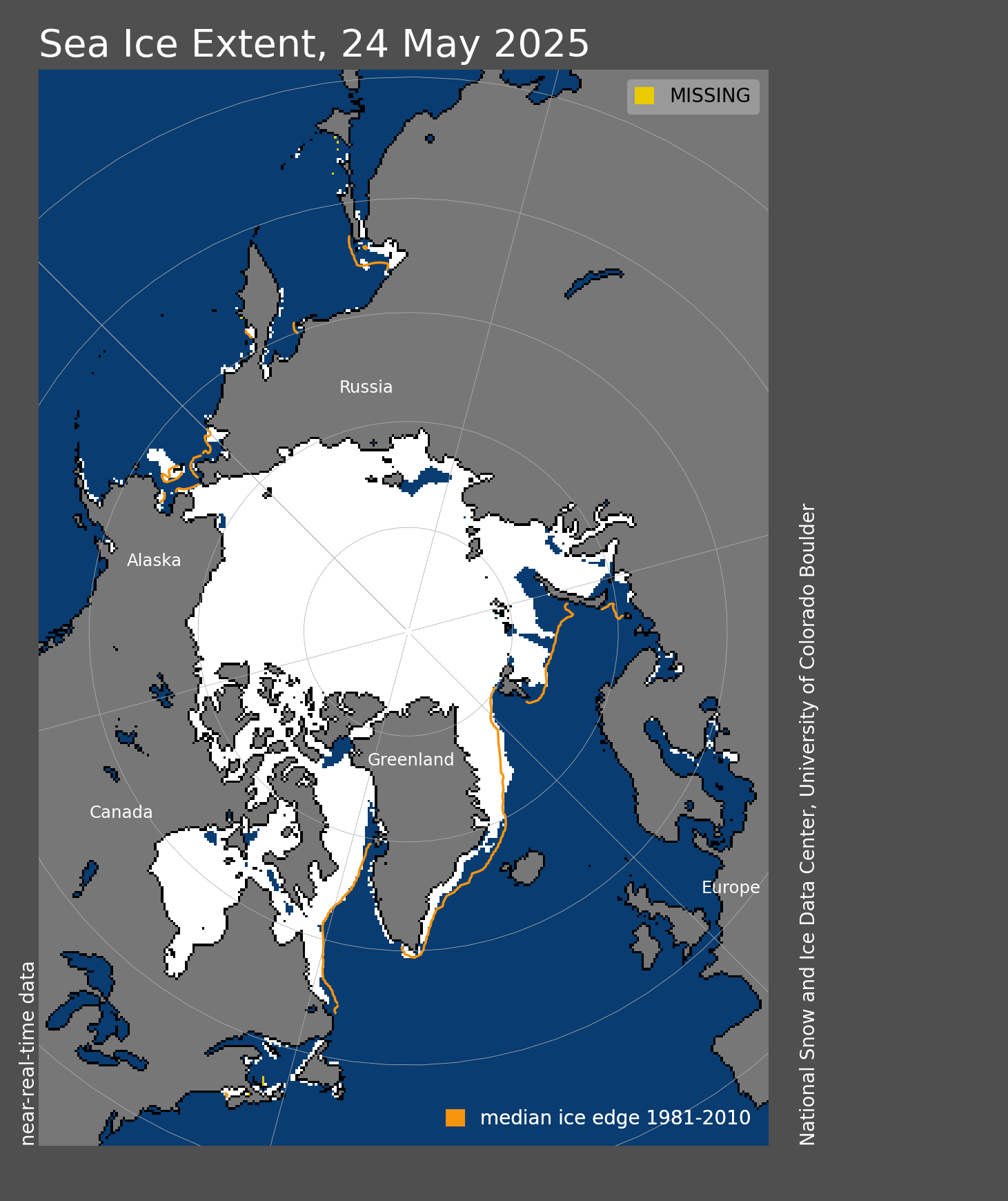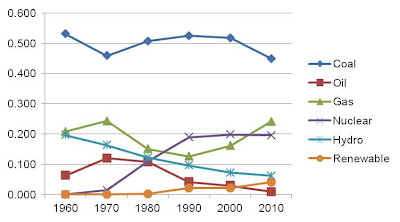Brendan
Harrison's Down to Earth landscaping company
had to stop planting in St.
Louis this summer.
But he’d already hired workers for the season back in spring. How could he know
he’d face the most extreme drought in at
least a generation?
 |
| USDA's running tab of states and counties experiencing drought conditions. |
At the most basic level, risks
can be systematic or unsystematic. A systematic risk applies to a broad
category of assets. Seems like a good description of climate change. For
example, if temperatures are rising globally (a hazard risk), all of our
facilities may be at risk of higher costs for air conditioning or cooling (a
financial risk). Or if I am in the agricultural industry, all of my crops, in all
locations may suffer productivity losses. Risk managers remind us that systematic
risks are hardest to manage mostly because they can’t be avoided by diversification.
 |
| Complexities of climate change. Source: IPCC 2007 |
As an example of an unsystematic risk, consider the last
item in that list, disease patterns. Higher temperatures can dry out some areas
like the drought in over half the US; but makes others more humid, particularly
areas near water bodies. And the increased humidity can help microbes that infect
humans. The effect is local and is limited to certain times of the year, such
as the hottest part of summer. That is an unsystematic risk.
If my company happens to have a factory nearby and my
workers live in areas exposed to those microbes then it’s a risk for me. So
climate change can create systematic risk that is hard to manage corporate wide,
and unsystematic risk that may be off the radar screen of headquarters but can
wreak havoc on the whole supply chain if my plant is a bottleneck and employees
call in sick for an extended period (an operational risk).
These risks are widely
appreciated in the financial community. For example, the
Financial Times reports that two-thirds of asset managers consider climate
risks in portfolio management. This proportion is likely to grow. Just this
June, the British Government announced that firms listed on the Main Market of
the London Stock Exchange would be required
to report their greenhouse gas emissions.
The reasoning is that those emissions constitute a policy
risk if they are subject to nationally or internationally imposed limits. Is it
a systematic risk? It will be hard for individual corporations to address that
risk since most of the emissions are inherent in the energy production system
of the nation, and the world.
But it is possible. For example, many IT companies that
are so dependent on huge energy supplies have diversified
their energy sources away from fossil fuels towards wind, solar, hydro, and other
renewable sources. Just switching from coal to natural gas can cut your
greenhouse gas emissions in half. This would constitute a strategic risk
for the coal company. So IT companies face a risk that, on the surface appears
systematic but when approached imaginatively may turn out to be not so
systematic, and become a differentiator among companies.
It may also become a differentiator among business leaders.
Those who fail to deal with these risks will no longer be deemed prudent. Brendan Harrison may plan
differently next year.













